First wort hopping is a technique that was falling into disuse but which has reappeared in the industry and in brewing along with the boom in craft beers.
In this post, let’s take a look at how this method is going to be capable of achieving the distinction and nuances desired in each result of a product.
With the boom in craft creations, master brewers are continuously looking for methods they can use to create new formulations that are unique and full of personality.
So first wort hopping, a technique used to add bitterness to the beer wort, is resurfacing. Depending on when it is added during the beer brewing process, this essential ingredient will contribute a higher or lower level of bitterness and aromas.
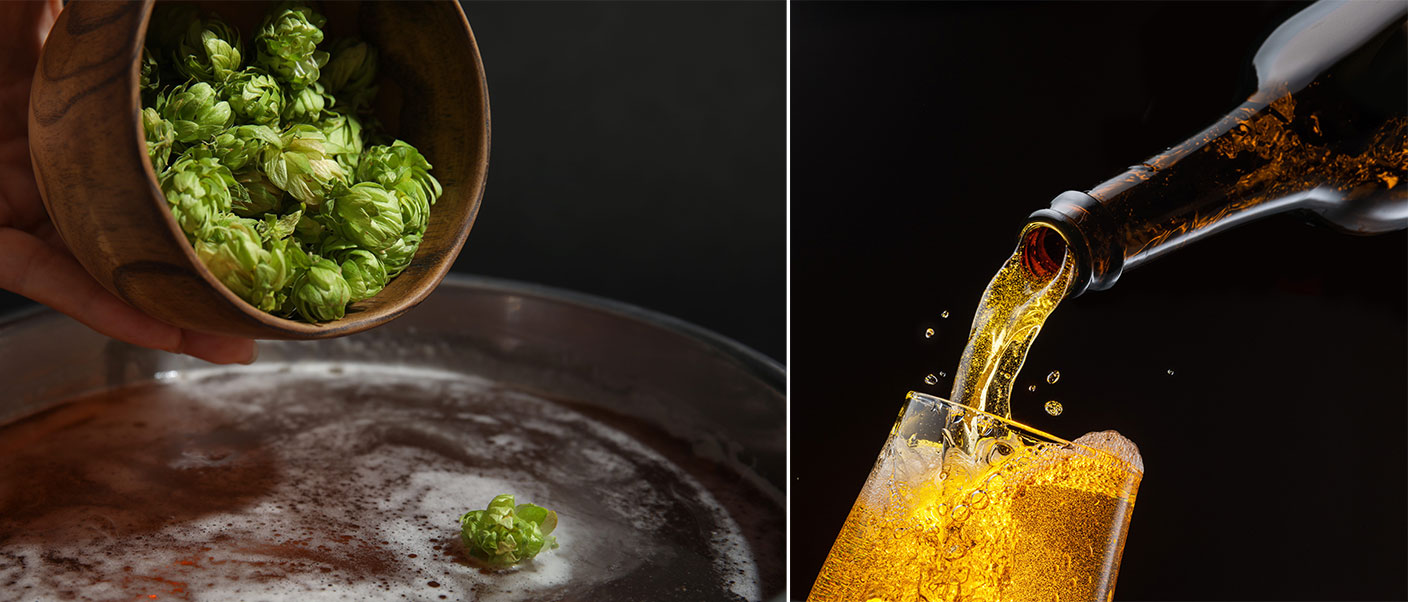
First wort hopping is nothing new
First wort hopping is nothing new, as it was used more than a hundred years ago. It seems that the objective was to economize with this ingredient, which became scarce and more expensive in times of bad harvests, and brewers sought to make the most of the quantities they had available.
Later, with improvements in industrial processes and agricultural development, it fell into disuse over the years. But a century later, in the last few decades, it has returned and become quite popular in the craft sector. A movement that’s passionate about using new techniques in beer brewing and, at the same, time, works to recover other processes that the large brewers stopped using in the past.
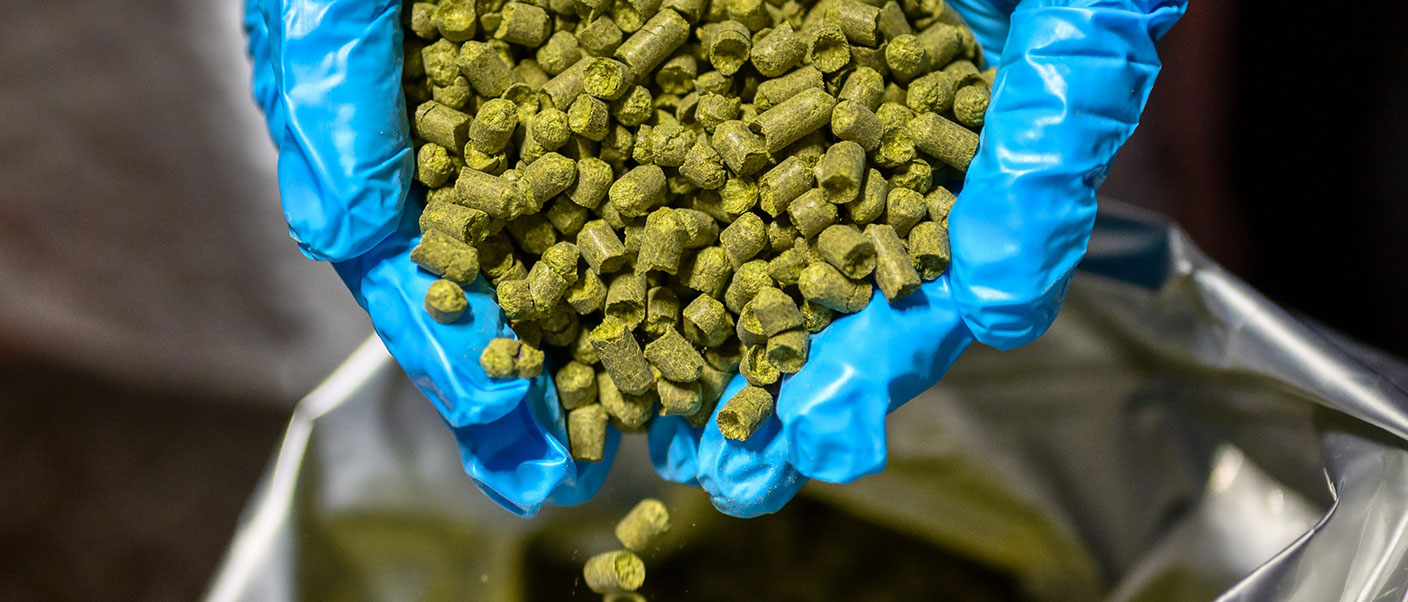
It was in 1995 that Brauwelt magazine, in an edition dedicated to the beer sector, published an article about some brewers’ recovery of and belief in the first wort hopping method and how this was enhancing the flavour and peculiarities of certain lager beers with more subtle hoppy aromas.
The first wort hopping process
First wort hopping is a technique that is currently being applied to a multitude of beer styles, both ales and lagers, and it consists of adding a significant part of the hops before the wort starts to boil, at around 78 to 81ºC. The aim is to add more bitterness to the beer wort. Depending on what point in the brewing process it is added, this ingredient will add higher levels of hoppy bitterness and aroma.
The best and most common moment for adding hops is when the wort is filtered and separated from the spent grain (what remains of the malt once the sugars have been extracted). It is brought to a boiling temperature and just when it starts to boil, the hops are added.
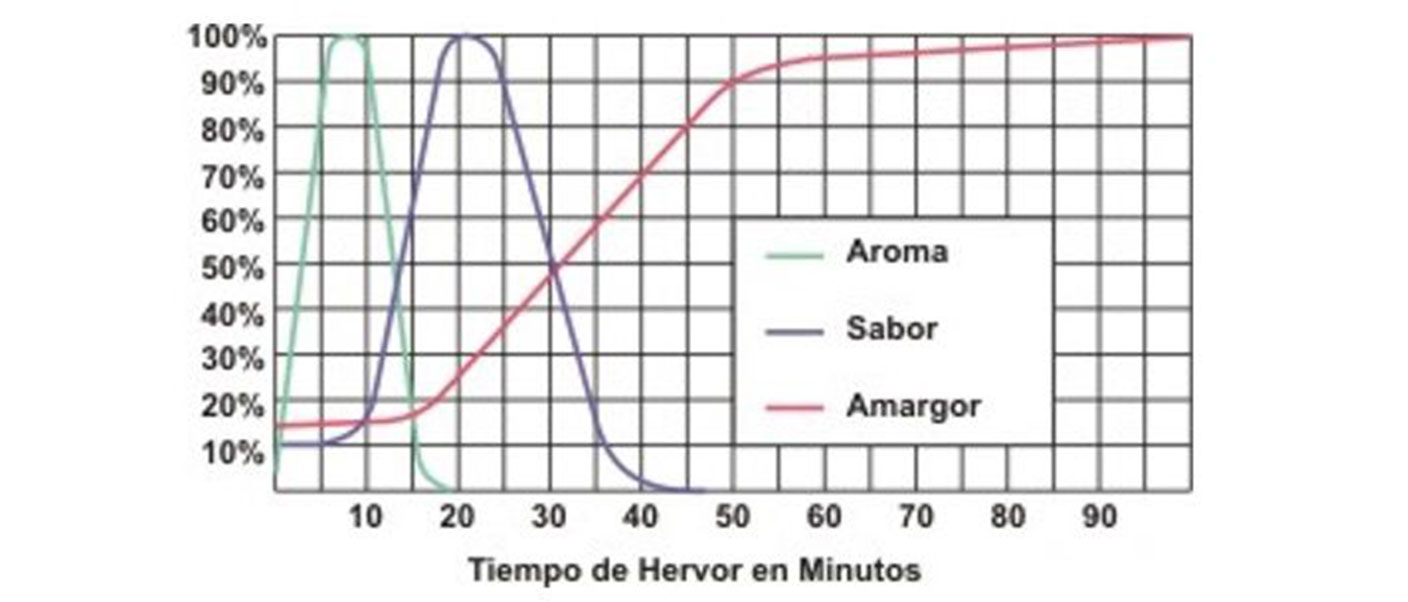
Gráfica: “Curve of aromas, flavour and bitterness contributed”
As shown in the graph, the maximum extraction of bitterness occurs during the 50-60 minutes of boiling. And so, when we are not looking for a beer with a high original extract, boiling of the wort is typically slightly longer, up to 60-70 minutes.
Effects of first wort hopping
The different experiments and tests determine that with first wort hopping, one achieves a higher level of bitterness that is milder and better balanced, with very low astringency.
This is due to the fact that, when added at this temperature, the essential oils of the hops that contribute aroma and flavour are extracted better. And, although they are volatile, this prolongs their presence and makes it so, at a lower temperature, their mark remains.
On the other hand, the isomerization of the alpha acids of the hops (which occurs during the cooking of the wort), i.e., achievement of bitterness, starts at these temperatures, and therefore it’s logical to think that a recipe with first wort hopping will have more IBUs (International Bitterness Unit) than another with common addition. Even with a higher number, the bitterness is better balanced.

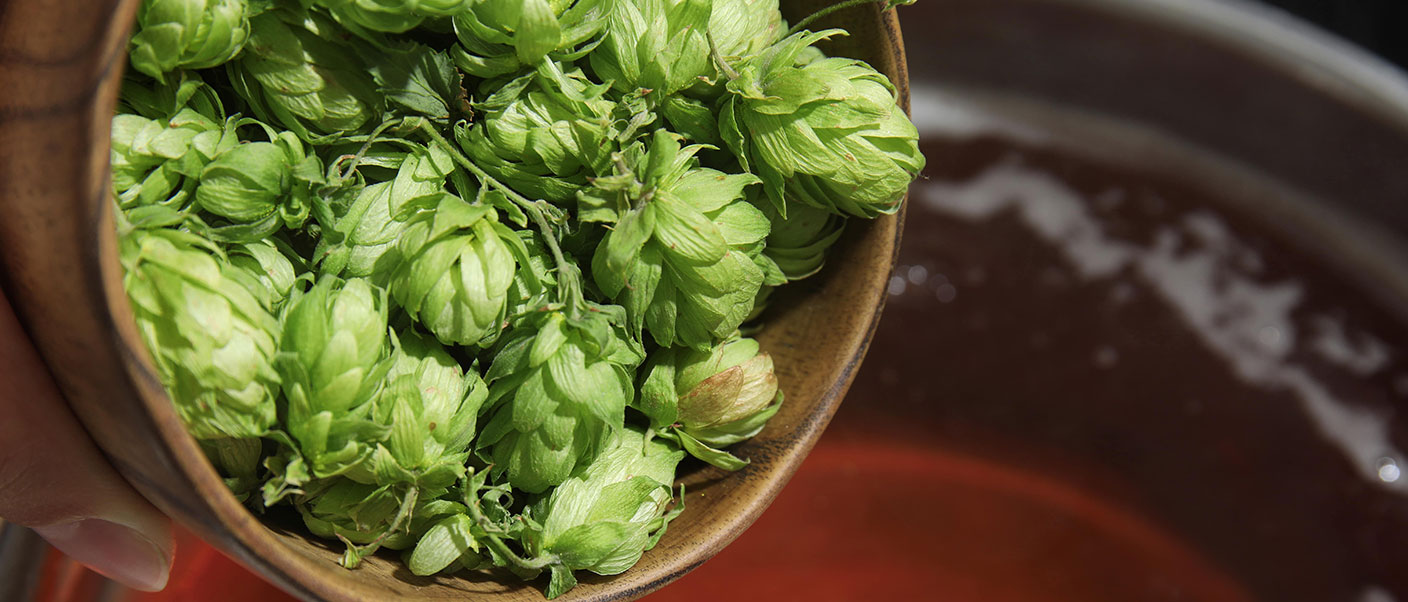



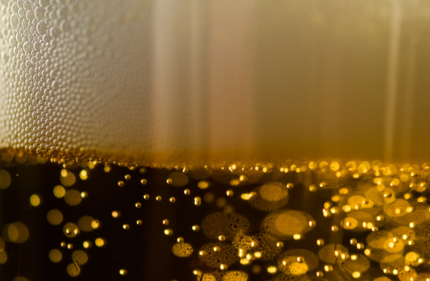
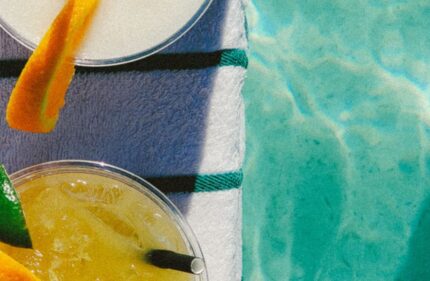
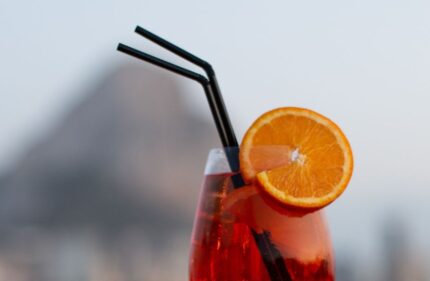
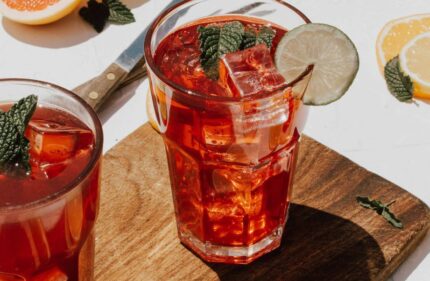
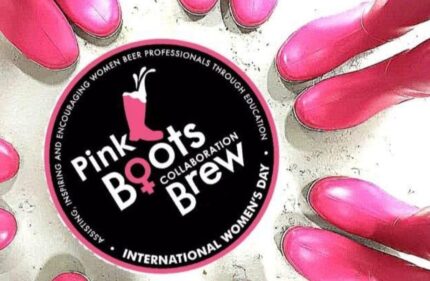

Comments